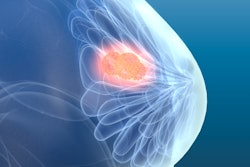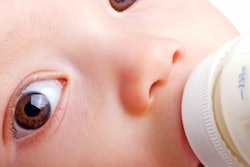A statistical calculation can be used with diagnostic imaging information to downgrade the risk classification of breast masses, according to a study published in the American Journal of Roentgenology and touted by optoacoustic imaging firm Seno Medical Instruments.
Seno's chief medical officer and clinicians from the University of Texas found that using the negative likelihood ratio (NLR) along with BI-RADS 4 subcategories can help reduce the number of breast cancer false positives without leading to cancers going undiagnosed (AJR, February 2018, Vol. 210:2, pp. 301-306).
The researchers showed how NLR can be calculated from a diagnostic test's sensitivity and specificity, and they also showed the NLRs of some currently available diagnostic imaging modalities. The BI-RADS 4A subcategory has a low enough and narrow enough range of pretest probabilities to allow downgrading to a post-test probability of 2% or less after a negative diagnostic imaging test with an adequately low NLR, they reported.
"Reducing the number of unnecessary breast biopsies is an essential advancement toward improving women's healthcare and protecting breast health," said Dr. Pam Otto from the department of radiology at the University of Texas Health Science Center at San Antonio. "I would encourage breast imagers to consider using BI-RADS 4 subcategories and NLR as important tools for helping them minimize false-positive studies with minimum adverse effect on sensitivity, optimizing their patients' breast health. The availability of web-based programs for automating the NLR calculations should help to facilitate routine use of this important statistical tool."



















